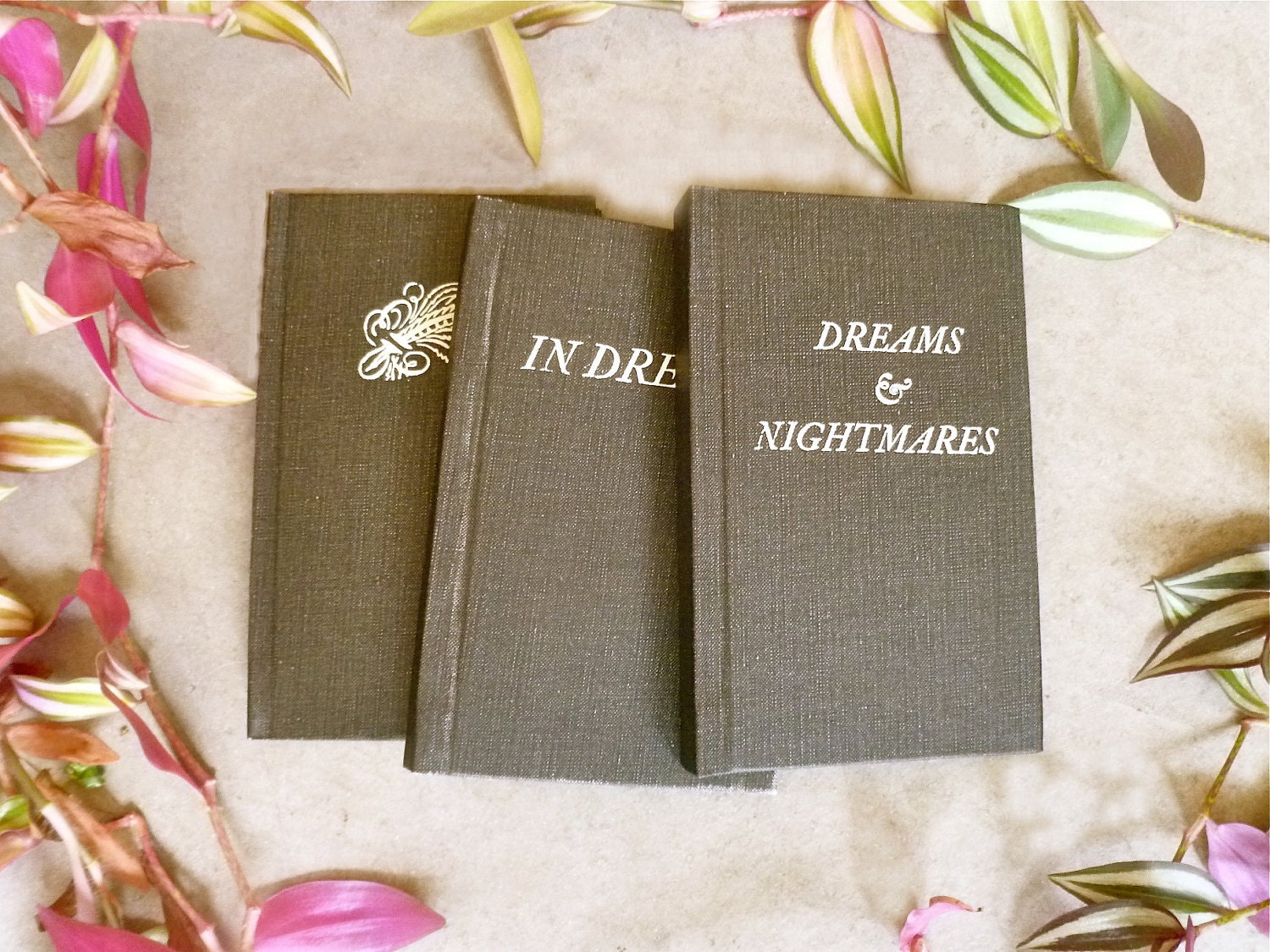

In the DILD method of becoming lucid, you'll use your normal dreams as a springboard to lucidity.
Psychology of dreams and nightmares how to#
How to Use Normal Dreams to Stimulate Lucid Dreams It arrives in the form of conceptual imagery - the coded language of the unconscious mind - which is what makes your dreams seem so weird.

These insights are based on your thoughts and experiences from the day before, sometimes memories from long ago, repressed fears and anxieties, and your strongest desires and urges. Normal dreams offer insights from the unconscious mind. Assuming you get eight hours of shuteye, you will dream for about 100 minutes - with longer and more vivid dreams occurring at the end of your sleep. In fact, we would eventually die without them. These dreams arise mostly out of REM sleep and are essential to our survival. You accept your dream reality as it is.Įverybody has normal dreams every single night. In a typical dream, you could be doing a rap duet with the Pope and think nothing of it. These are your bog standard dreams where you have no idea you're dreaming until you wake up.

Without this preparation, I tend to get distracted by flying and poking around the dreamscape and its characters - which is of course heaps of fun but I have a lot of cool waking goals I want to fulfill as well. That way, the next time I become lucid, I'll automatically recall my plan and it'll come to life easily. The more juice that goes into the daydream (intensity of the visualization and my desire for it to happen) the more likely I'll achieve it when lucid. I use daydreaming to set my next lucid dream goal.Įither during meditation or while I fall asleep, I daydream about a lucid dream seed situation - a location and any key characters. It's more often referred to as visualization, but it's the same thing. They are psychologically healthy, helping you temporarily escape the demands of reality, release frustrations and plan for a better future! How to Use Daydreaming to Stimulate Lucid Dreamsĭaydreaming is part of the MILD method of lucid dream induction, as well as the WILD method. Not in a spooky law-of-attraction kind of way but just hardwiring my brain to believe in myself and stay motivated.ĭaydreams are awesome. I really think this helps affect the outcome. I use daydreaming to visualize all sorts of goals actually happening to me. So next time you find yourself fantasizing about a bad situation, actively turn it around and create a positive outcome for yourself.Ĭonversely, daydreaming is good for rehearsing positive outcomes too.Īn athlete might visualize winning their next competition, a business leader might mentally rehearse an important speech. This serves to reinforce negative beliefs about the future or bad memories of traumatic events. In daydreams, the creative brain becomes dominant and you have less awareness of your physical reality.ĭeeper worries or concerns can surface from the unconscious mind by acting themselves out in the daydream. Rehearsing The Future and Accepting The Past In fact, visualization is one of the tenets of lucid dreaming practice. That's because daydreaming is like practicing lucid dreaming while you're awake - observing imagery in your mind's eye and directing the course of your fantasy. It's been suggested that people who daydream a lot find it easier to lucid dream. The longer you daydream, the deeper you becomes immersed in your private fantasy land. Clearly not asleep - but not fully checked-in with reality, either.Ī daydream starts with a compelling thought, memory or fantasy, and your imagination runs away. Studies reveal that the average person daydreams for a whopping 70-120 minutes of their waking day.Īs with all types of dreams, you enter a kind of hypnotic trance and allow your unconscious thoughts to rise to the surface.ĭuring daydreams, you are semi-awake. Here's how to identify the nature of your dreams and how you can turn any of them into lucid dreams.
Psychology of dreams and nightmares free#
By Rebecca Turner - take our free lucid dreaming course.Īnd over the years I've categorized my dreams into five broad types.


 0 kommentar(er)
0 kommentar(er)
